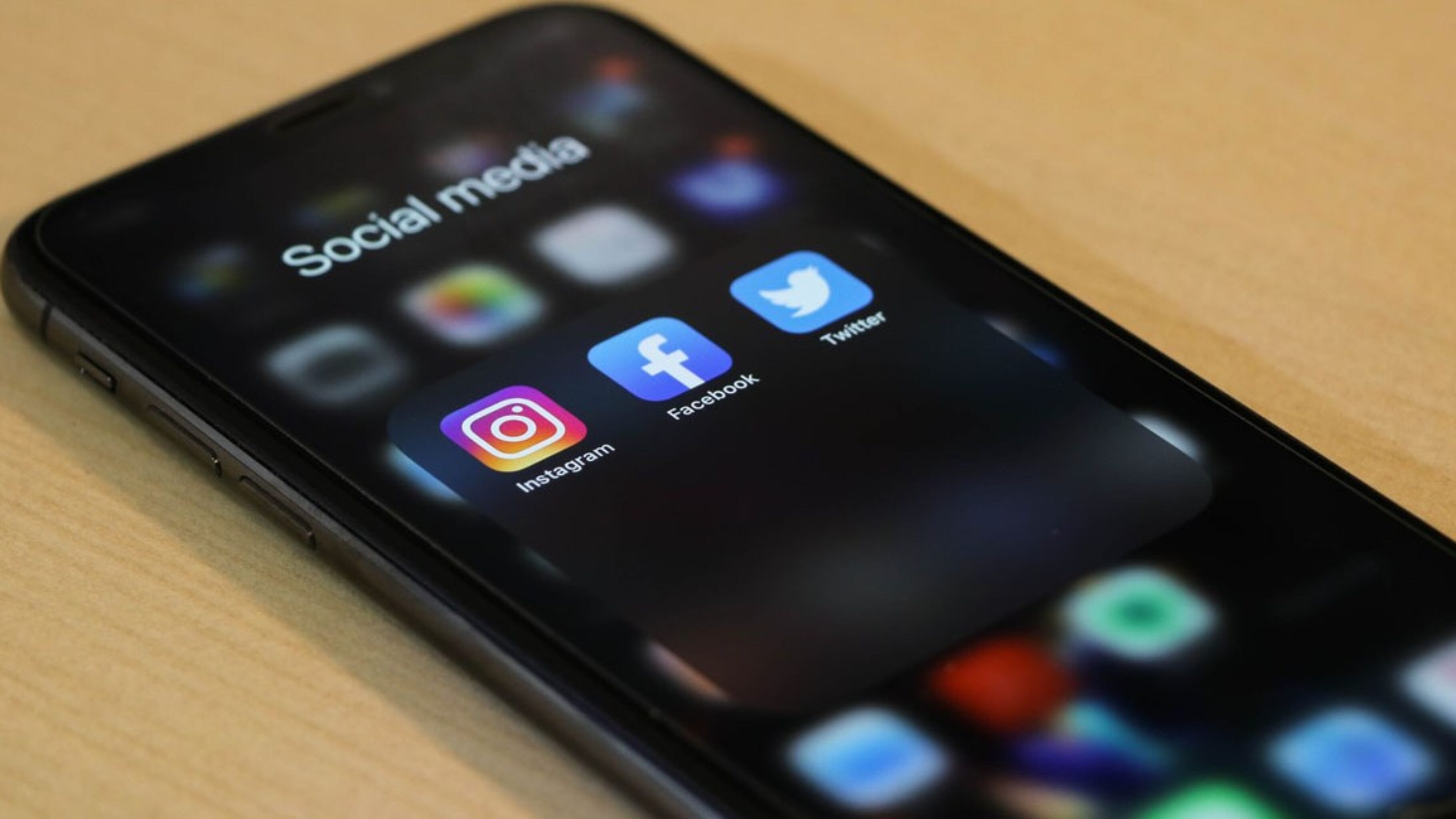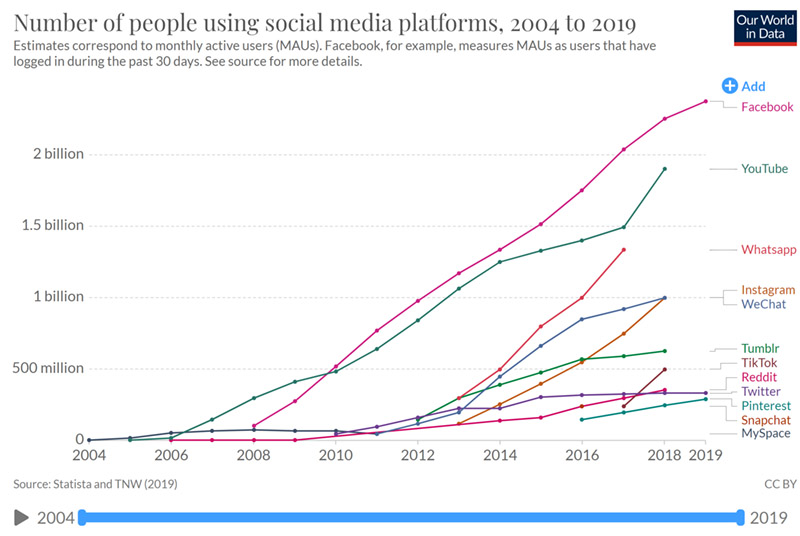Since 2010 social media day is officially celebrated on June 30th. Mashable launched this initiative as a way to recognise and celebrate social media’s global impact. Only in the UK, there are 45 million social media users, representing 67% of the population. Today, 90% of businesses worldwide are using social media as one of their most effective marketing tools. We have decided to join the celebration by looking at how social media had impacted consumers and companies since its launch back in 2004.
Why social media?
There is no doubt that social media has become a fundamental part of every brands’ marketing strategy.73% of marketers stated that social media marketing had been a critical part of their strategy.
Since the official launch of Facebook in 2004, the term social media has skyrocketed and the way people interacted with their friends, family and brands, changed forever. Although other social media channels did exist before Facebook (MySpace, anyone?), however, once smartphones came along, and other social platforms like Twitter and Instagram appeared, more people and brands started to join.
Let’s look at the numbers
Since 2004 brands have seen substantial growth in the use of social media across the world. We found some compelling statistics that put into perspective the growth over the last decade. According to Our World in Data, since 2004, social media usage has only been increasing, and new apps like TikTok and WeChat have been slowly dominating.
- Time spent on social media increased by 1.4% in 2019
- In 2019, 99% of users were browsing social media platforms using their smartphones
- (54%) of internet users research products using social media
- 45% of users aged between 16 and 24 use social media to find entertaining content
- Video is still the most popular content, with 90% of users> preferring this format
- 52% of online brand discovery happens in public social feeds
- 13% of social media users say that a buy button would increase their likelihood of purchasing using social media
The impact of social media
Social media platforms are used in almost every aspect of our daily lives, whether it is to review a product, communicate with your friends and family or sharing photos and memories. In the days before social media, mass media (TV, newspapers and radio), and offline marketing were the ways to make your brand known. Nowadays, social media is an essential component of any businesses’ marketing strategy.
According to Oberlo, people spend an average of 3 hours per day on social networks and messaging apps, making them the most preferred by smartphones’ users to communicate and interact with their peers and favourite brands. We have identified five main ways social media plays a significant role in business marketing today:
Amplifying the brand message
An estimated 2.95 billion people worldwide are using social media, which is a lot of potential customers for brands. A wider audience allows companies to amplify their message. Apart from the possible reach, social media marketing is entirely free, unless a business chooses to put up paid ads. Organic reach on social media can be just as powerful as paid reach, although, way more challenging to achieve.
Selling your products
Along with the rise of social media came the social media influencers. The impact of these personalities has created a whole new type of marketing: Influencers Marketing. They have completely changed the way products and services are promoted and sold. According to Forbes, 63% of consumers find influencers more compelling than scripted advertising. Instagram and YouTube are the two leading platforms where influencers are constantly uploading sponsored content and reviewing products and services.
The food chain Chipotle in America has over 55,000 fans on TikTok. Their marketing strategy focus on creating a variety of fun posts using trending music and memes that highlight their menu items. The brand has recently celebrated their one year on TikTok with the hashtag #oneyearofTikTok that quickly became very popular on the social platform.
Communication with your customers
Social listening has become an integral strategy of B2C communication, as it enables companies to build customer relationships, to manage a crisis, discover new business opportunities and finds new sales leads. Also, social media is not only used for communication with your customer but also with your competitors. For example, in 2014, GoPro and Red Bull announced their partnership on YouTube. Since the launch six years ago, the video has 22 million views and up to 11,000 comments.
Target the right audience
As a brand, if you understand who is your target audience, social media can only benefit your overall marketing strategy, and it’s the easiest way to connect with potential customers. When a user is at the awareness stage of the buyer’s journey, Google and social media are the first places to go to do research. To target the right users effectively, be sure that your website and social media channels appear on the first page of the search results.
Feedback and social listening
One of the main drawbacks of traditional marketing was the lack of immediate feedback. Big brands still use offline marketing, but now, these campaigns tend to be launched simultaneously on social media platforms too. One of the main reasons why social media has become so popular is because brands can easily have access to consumer feedback when rolling out a new collection or updating an existing product, without incurring in any high costs in the process.
Apart from all the potential gains that each brand can achieve from a social media strategy and developing a strong social media presence, marketers should still remember to keep up with the ethical side of using social media today. Brands need to make sure to stay transparent in their dealings with consumers. Social media is a big part of peoples lives, and companies need to remember to keep that impact positive and informative. From all of us at We Are Superb we wish you a happy #SMDAY!
_________________
Aleksandra Michniewicz specializes in content for a variety of industries like tech, lifestyle, fashion and finance.









